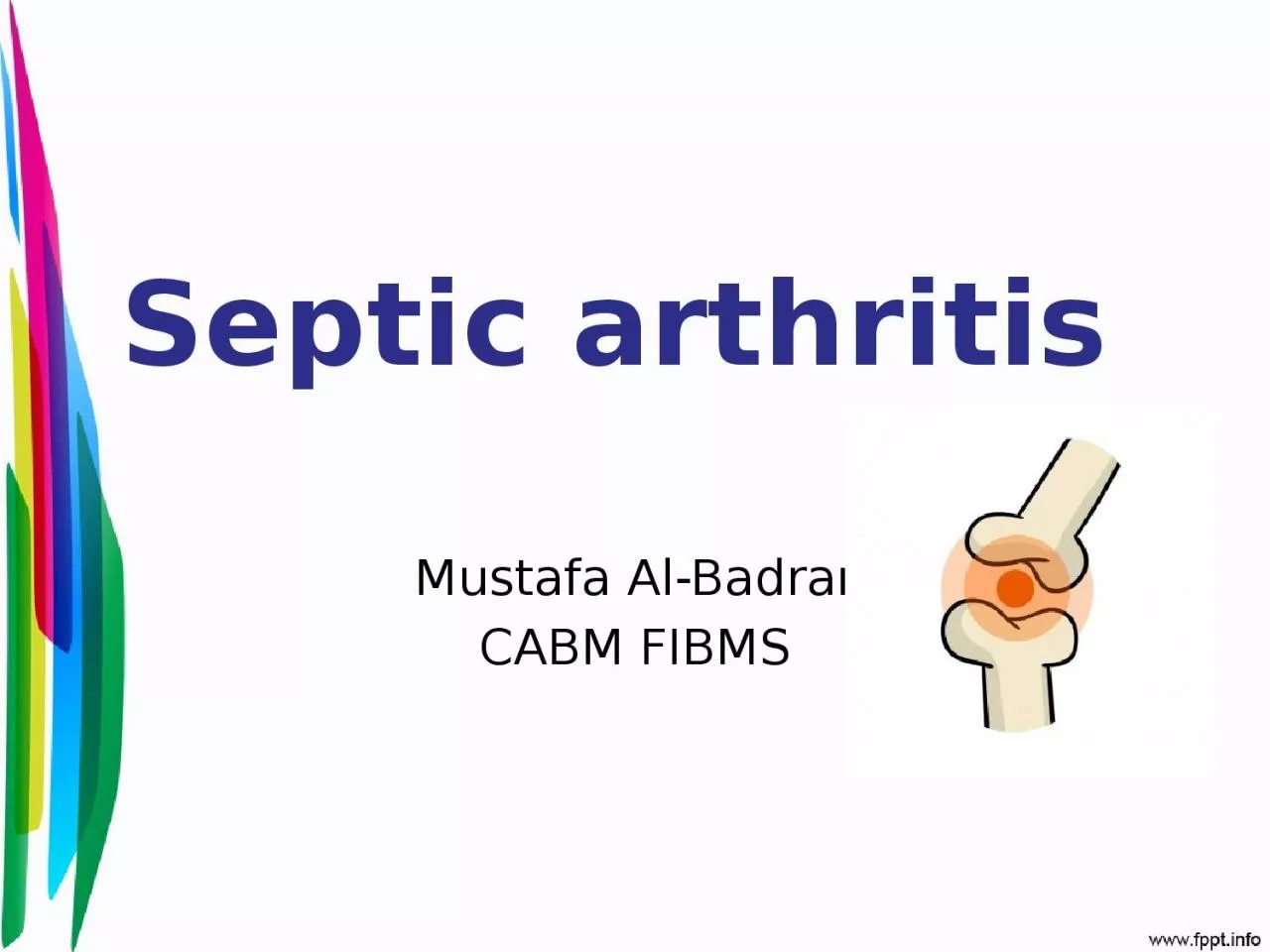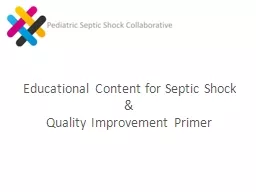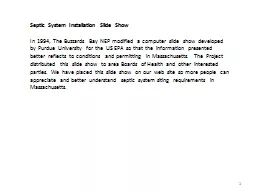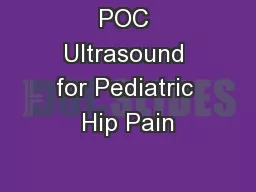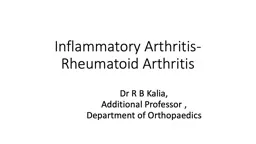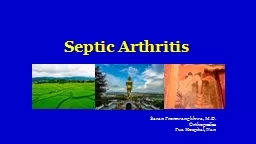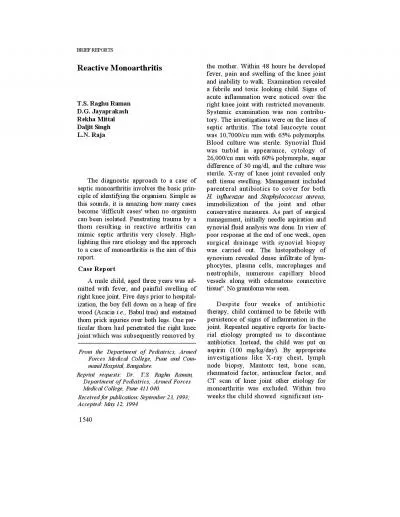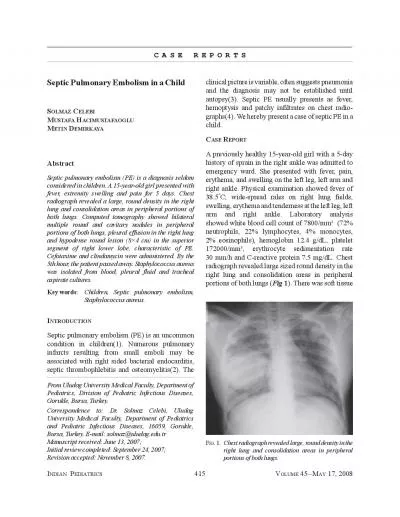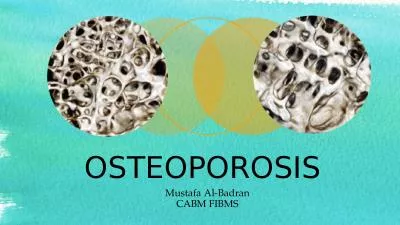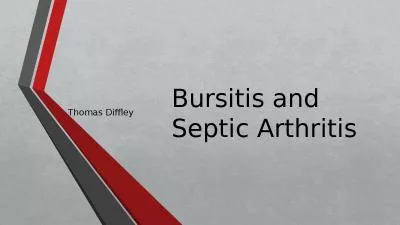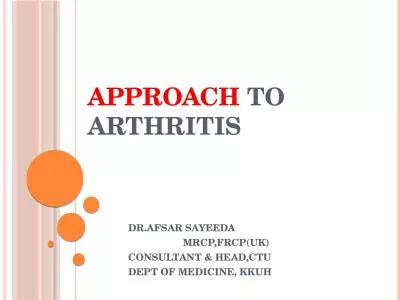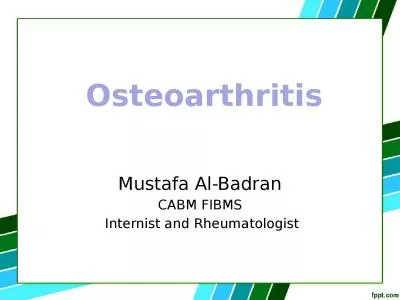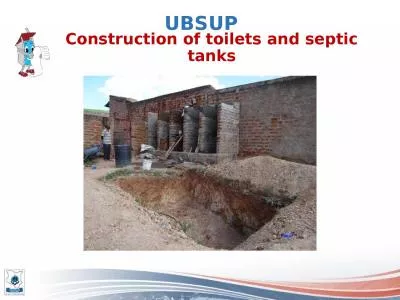PPT-Septic arthritis Mustafa Al-Badran
Author : angelina | Published Date : 2023-07-08
CABM FIBMS The most rapid and destructive joint disease The incidence 210 per 100 000 in the general population 3070 per 100 000 in population with preexisting
Presentation Embed Code
Download Presentation
Download Presentation The PPT/PDF document "Septic arthritis Mustafa Al-Badran" is the property of its rightful owner. Permission is granted to download and print the materials on this website for personal, non-commercial use only, and to display it on your personal computer provided you do not modify the materials and that you retain all copyright notices contained in the materials. By downloading content from our website, you accept the terms of this agreement.
Septic arthritis Mustafa Al-Badran: Transcript
Download Rules Of Document
"Septic arthritis Mustafa Al-Badran"The content belongs to its owner. You may download and print it for personal use, without modification, and keep all copyright notices. By downloading, you agree to these terms.
Related Documents

